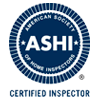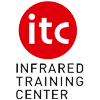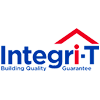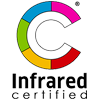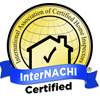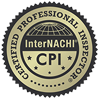Important Advice For Looking After Your Home
Home maintenance is an important responsibility. It protects your investment, extends life expectancy, and helps avoid significant expenses. This document is an integral part of the report and will help you avoid many common problems and reduce costs.
Priority Maintenance and Home Set-Up
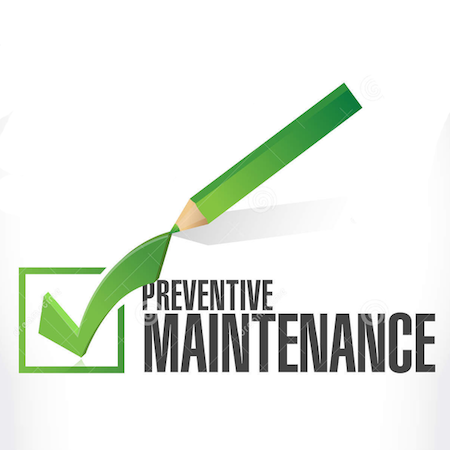
The Home Set-Up and Maintenance chapter in the Home Reference Book provides important information regarding things that are done once when moving in, as well as regular maintenance activities. Please be sure to follow these maintenance guidelines. The Home Reference Book is included under the REFERENCE tab in this report.
Basement/Crawlspace Leakage
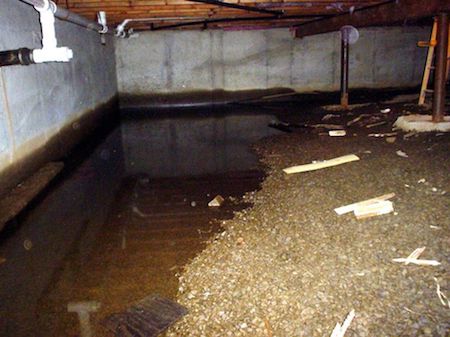
Basement water leakage is the most common problem with homes. Almost every basement and crawlspace leaks under the right conditions. Good maintenance of exterior grading, gutters and downspouts is critically important. For more details, please refer to Section 10 of the Interior chapter of the Home Reference Book, which is in the REFERENCE tab in this report.
Roof – Annual Maintenance
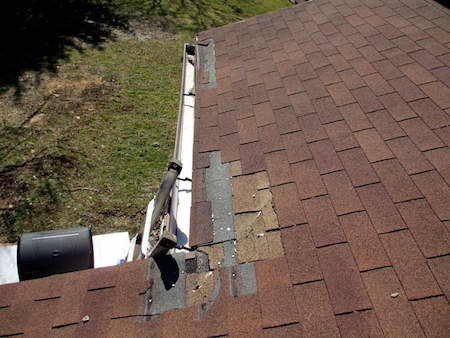
It is important to set up an annual inspection and tune-up program to minimize the risk of leakage and maximize the life of the roof. Roof leaks may occur at any time and are most often at penetrations or changes in material. A leak does not necessarily mean the roof needs to be replaced.
Roof coverings are disposable and have to be replaced from time to time. Asphalt shingles, for example, last roughly 15 years.
Exterior – Annual Maintenance
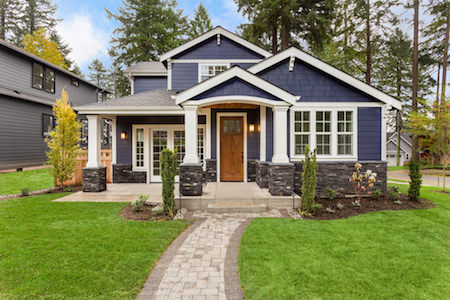
Annual inspection of the exterior is important to ensure weather-tightness and durability of exterior components. Grading around the home should slope to drain water away from the foundation to help keep the basement dry. Painting and caulking should be well maintained. Particular attention should be paid to horizontal surfaces where water may collect. Joints, intersections, penetrations and other places where water may enter the building assembly should be checked and maintained regularly.
Garage Door Operators
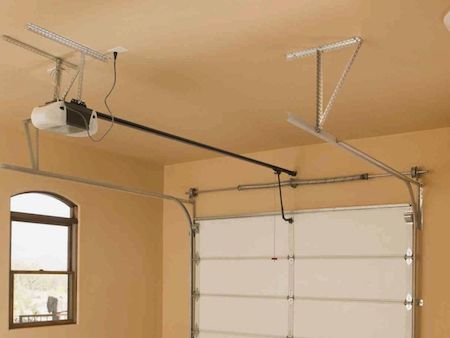
The auto reverse mechanism on your garage door opener should be tested monthly. The door should also reverse when it meets reasonable resistance, or if the ‘photo eye’ beam is broken.
Electrical System – Label the Panel
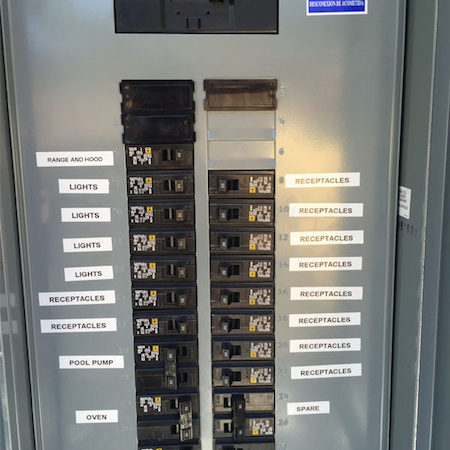
Each circuit in the electrical panel should be labelled to indicate what it controls. This improves both safety and convenience. Where the panel is already labelled, the labelling should be verified as correct. Do not rely on existing labelling.
Ground Fault Interrupters and Arc Fault Circuit Interrupters
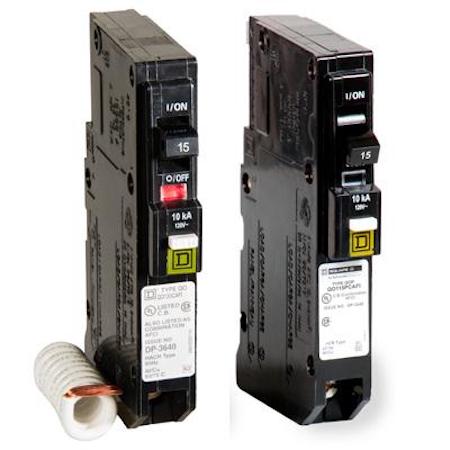
These should be tested monthly using the test buttons on the receptacles or on the breakers in the electrical panel.
Heating and Cooling System – Annual Maintenance
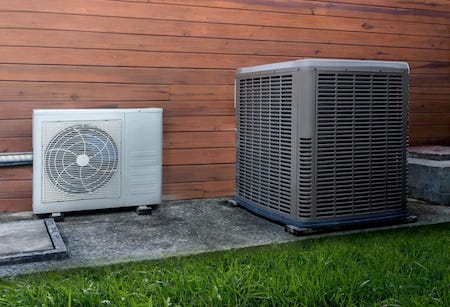
Set up an annual maintenance agreement that covers parts and labour for all heating and cooling equipment. This includes gas fireplaces and heaters, as well as furnaces, boilers and air conditioners. Include humidifiers and electronic air cleaners in the service agreement. Arrange the first visit as soon as possible after taking possession.
Check filters for furnaces and air conditioners monthly and change or clean as needed. Duct systems have to be balanced to maximize comfort and efficiency, and to minimize operating costs. Adjust the balancing for heating and cooling seasons, respectively.
For hot water systems, balancing should be done by a specialist to due to the risk of leakage at radiator valves. These valves are not operated during a home inspection.
Bathtub and Shower Maintenance
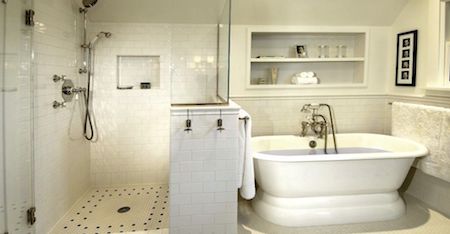
Caulking and grout in bathtubs and showers should be checked every 6 months and improved as necessary to prevent leakage and water damage behind walls and below floors.
Water Heaters
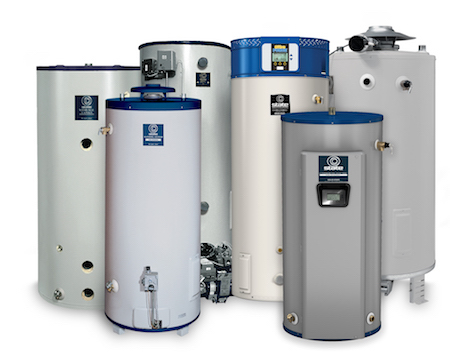
All water heaters should be flushed by a specialist every year to maximize performance and life expectancy. This is even more critical on tankless water heaters.
Washing Machine Hoses
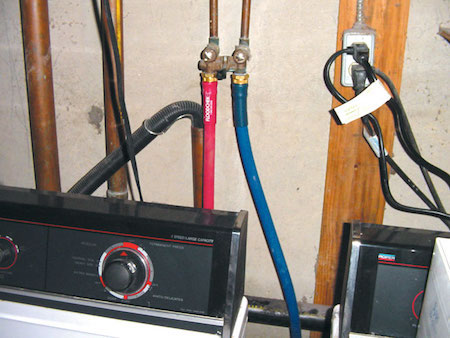
We suggest braided steel hoses rather than rubber hoses for connecting washing machines to supply piping in the home. A ruptured hose can result in serious water damage in a short time, especially if the laundry area is in or above a finished part of the home.
Clothes Dryer Vents
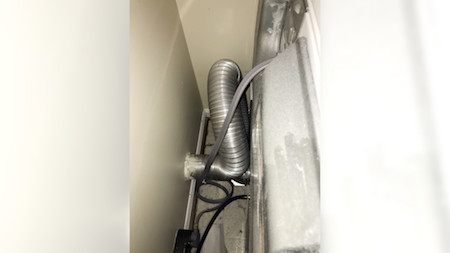
We recommend that vents for clothes dryers discharge outside the home. The vent material should be smooth walled (not corrugated) metal, and the run should be as short and straight as practical. This reduces energy consumption and cost, as well as drying time for clothes. It also minimizes the risk of a lint fire inside the vent.
Lint filters in the dryer should be cleaned every time the dryer is used. There is a secondary lint trap in many condominiums. These should be cleaned regularly. There may also a duct fan controlled by a wall switch. The fan should be ON whenever the dryer is used.
Dryer ducts should be inspected annually and cleaned as necessary to help reduce the risk of a fire, improve energy efficiency and reduce drying times.
Fireplace and Wood Stove Maintenance
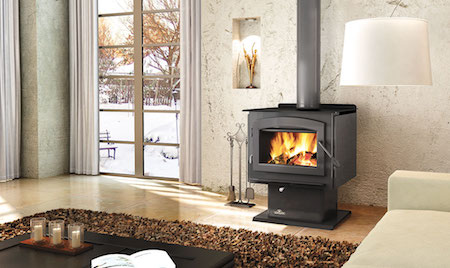
Wood burning appliances and chimneys should be inspected and cleaned before you use them, and annually thereafter. We recommend that specialists with a WETT (Wood Energy Technology Transfer, Inc.) designation perform this work. Many insurance companies require a WETT inspection for a property with a wood burning device.
Smoke and Carbon Monoxide (CO) Detectors (Alarms)
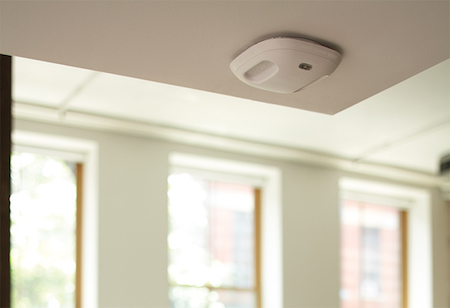
Smoke detectors are required at every floor level of every home, including basements and crawlspaces. Even if these are present when you move into the home, we recommend replacing the detectors. We strongly recommend photoelectric smoke detectors rather than ionization type detectors. Carbon monoxide detectors should be provided adjacent to all sleeping areas. These devices are not tested during a home inspection. Detectors should be tested every 6 months and replaced every 10 years. Batteries for smoke and carbon monoxide detectors should be replaced annually. If unsure of the age of a smoke detector, it should be replaced.
Copyright Carson, Dunlop & Associates Ltd.



